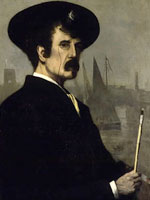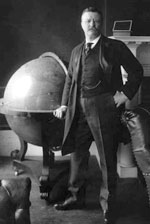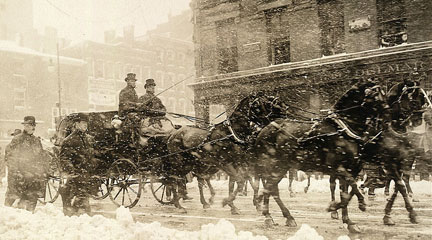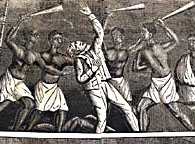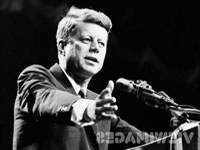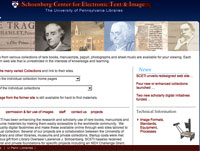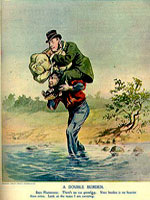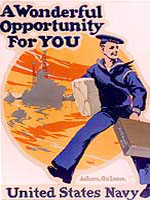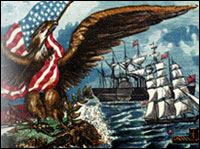The Naval History and Heritage Command collects, preserves, and presents the history of the U.S. Navy in physical locations throughout the U.S. and online. Teachers will be most interested in "Resources & Research," a rich collection of primary and secondary sources related to naval history, including photographs, paintings, documents, oral histories, historical overviews, chronologies, and bibliographies. Teachers may want to start with "Photograpy," "Web Exhibits," or "Commemorations," some of the richer and more navigable sections. "Photography" features an online library of selected images on subjects including recruiting posters, albums and scrapbooks, women in the U.S. Navy, aircraft, naval insignia, individual ships, and more. "Web Exhibits" gathers together more than 20 curated collections of resources on topics from the Civil War to Japan/U.S. Navy relations; resources vary by exhibit but include documents, photographs, videos, related articles, oral histories, and links to off-site resources. "Commemorations" features collections of resources related to specific events, including the bicentennial of the War of 1812, the sesquicentennial of the Civil War, the Battle of Midway, and the 1941 attack on Pearl Harbor. Teachers may also find unique primary sources in "Art." The Naval Art Gallery offers more than 25 galleries including "Women in Uniform" and "The Invasion of Normandy." Additionally, the "Archives" section provides downloadable Commander Naval Forces Vietnam (COMNAVFORV) monthly summaries from 1966 to 1973 and links to other archives holding material on the U.S. Navy. "Navy Department Library" makes available naval documents from 1775 to the present day (note that the documents are presented chronologically by topic, with no distinction between primary and secondary sources). "Diversity" directs visitors to collections on women, African Americans, Asian and Pacific Islander Americans, Hispanic Americans, and Native Americans in the U.S. Navy. "Videos" indexes more than 90 video clips, some primary sources and some secondary. "Ships Histories" provides brief histories of specific ships, indexed by name, and "Aviation" provides data on different types of aircraft and aircraft carriers. "Bios" features more than 100 essays with images on naval figures. Teachers will need patience to navigate the site and uncover the primary sources available.
